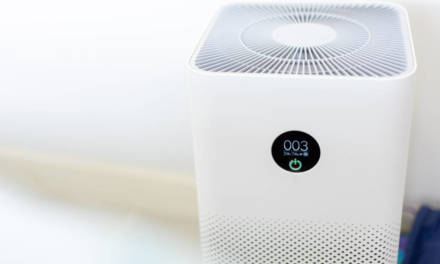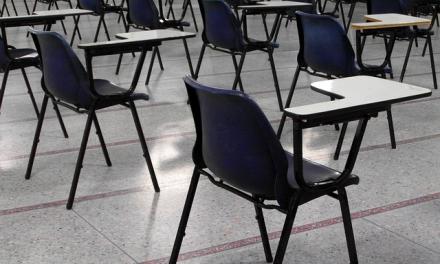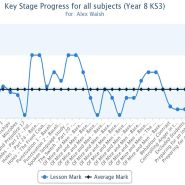The government has provided air purifiers for schools, but has it been enough to help combat the issue of Omicron and will they even be effective in old-style school buildings?
The new scheme installed by Education Secretary Nadhim Zahawi has had its doubts. The government has rejected one in five bids after seeing 1,265 bids approved by the Department for Education.
Some bids were rejected due to some schools not meeting the government’s eligibility criteria. It poses the question as to whether all schools should have been supplied with air purifiers anyway due to the current Covid circumstances.
Air purifiers could be beneficial
Mr Zahawi announced up to 9,000 air cleaning units, but teacher unions have said that the government has failed on classroom ventilation. What measures do you think should have been taken?
The current costs for air purifiers vary from £424 – £1,170 per unit with additional costs for replacements. It also raises the question of the cost-effectiveness of installing them, but are they necessary with today’s current educational circumstances?
Moreover, with the significant amount of lost learning due to Covid, students cannot afford to lose out on any more vital education. The cost-effectiveness could be in favour of installing said air purifiers as it boosts the chances of students remaining in the classroom and regaining and advancing their knowledge.
Students need as much support as possible
According to data from the BBC on 20 January:
“About a million children in England – one out of every eight pupils – were off school, as Covid-related absences rose. The official figures also show staffing problems worsening, with a quarter of schools seeing teachers and leaders’ absence rates above 15%.”
It is abundantly clear that the education sector has been heavily impacted by Omicron with thousands of staff and student absences.
Now that Plan B restrictions have ended, the government should now explore all options to ensure that schools do not return to previous difficulties. Air purifiers provide the opportunity to act as a helpful support tool for schools to help improve the air ventilation within education settings for students.
Geoff Barton, General Secretary of the Association of School and College Leaders, said:
“It is good to see that schools and colleges are making use of the CO2 monitors provided by the Government but less positive that they can only then apply for the 9,000 air purifiers it is providing to help rectify problems if they are unable to improve ventilation in other ways, such as opening windows.”
Some schools with old-style buildings cannot improve ventilation by just opening windows due to the UK’s freezing winter temperatures.
Additionally, air purifiers can combat viruses and bacteria in indoor settings. This subsequently improves the safety in school settings especially now considering masks are no longer compulsory.
Installed air purifiers in every school, regardless of eligibility, could help reduce student and staff absences from Omicron, so could the government do more?
What do you think?
Leave a comment below as to whether you think the government have been failing in terms of their distribution of air purifiers.
Should have they acted sooner? Will the air purifiers even be beneficial to schools, especially those with old-style school buildings?
Let’s have a discussion. If you would like some information on how EDClass could assist you and your students learning remotely then call 01909 568 338 or send an email to mail@edclass.com.









